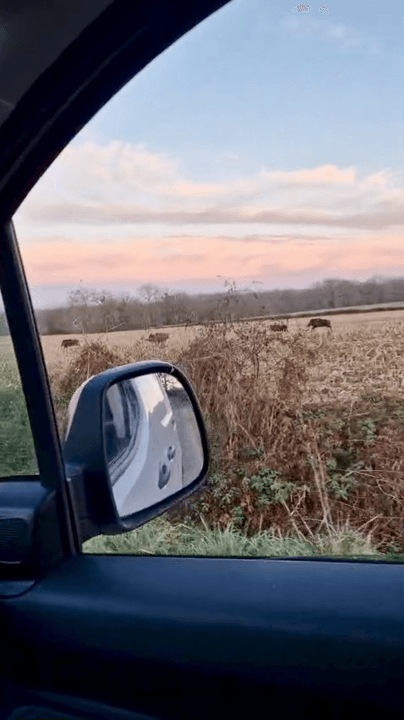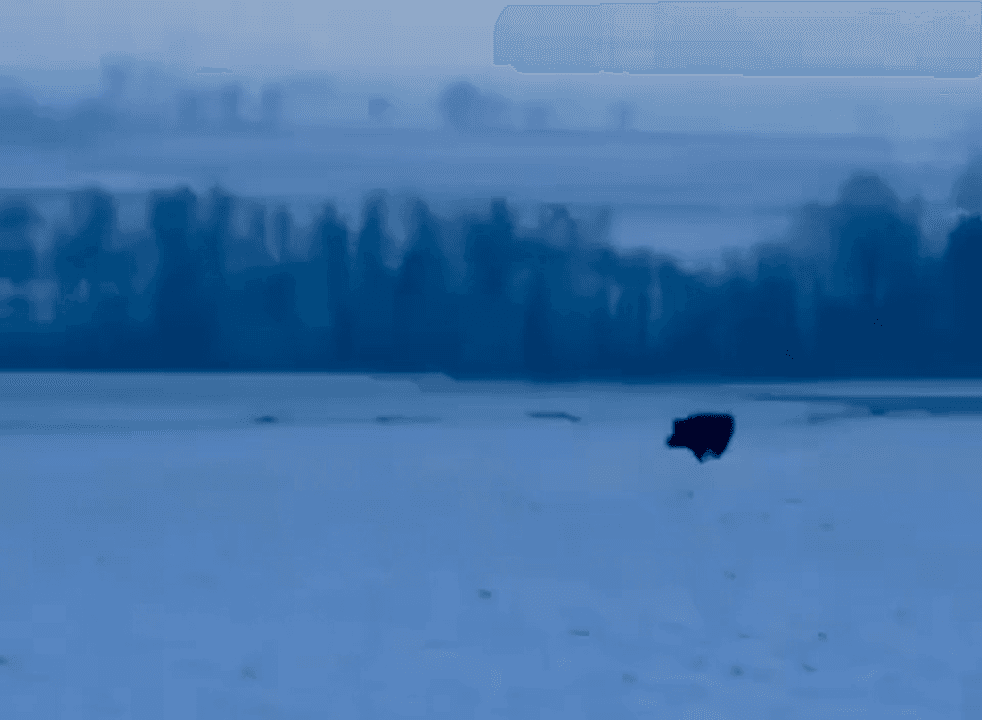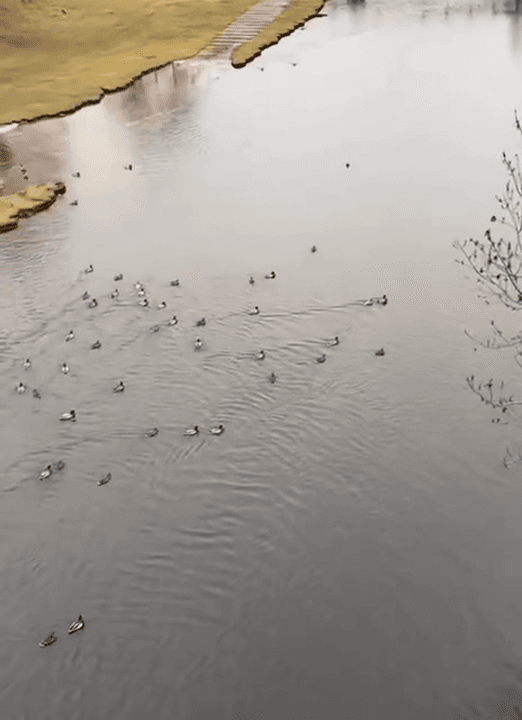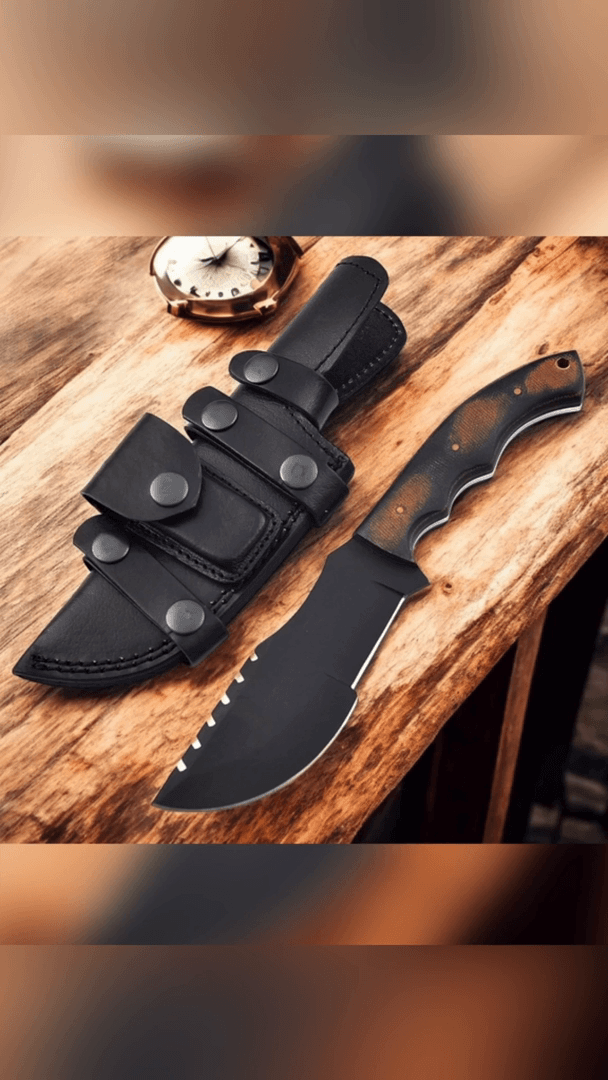
Wild boar family. South of Russia. Wild boars are found in mixed or deciduous forests, sometimes found in steppes. Within Russia, they are distributed almost throughout its entire European part. Beyond the Urals, the wild boar's habitat stretches in a relatively narrow strip across the Asian part of the country to the Far East, where one of its most significant populations is found. Wild boar hunting is one of the most ancient, interesting and predatory hunts. The wild boar has always been considered a worthy trophy by hunters from Russia. The main purpose of wild boar hunting is the extraction of wild meat. Wild boar is less often hunted as a trophy animal. Wild boar meat is very popular with Russian hunters, with the exception of traditionally Muslim regions such as Chechnya or Dagestan. Wild boars are hunted there, but meat is not eaten, because according to the laws of Islam it is considered unclean. The taste of wild boar is in no way inferior to pork, but at the same time it has a richer flavor. Due to its low calorie content and low cholesterol, boar meat is considered dietary. It contains antioxidants responsible for blood sugar levels and phosphorus, which strengthens bones and joints. Wild boar meat has a beneficial effect on the skin and mucous membranes, improves the condition of the nervous and digestive systems. There are three main types of wild boar hunting in Russia: From the tower One of the types of wild boar hunting is hunting from a tower. The main advantage is that the view is significantly increased and the risk of hitting the female is eliminated. Therefore, the use of a tower when hunting wild boar makes it possible to selectively shoot the animal. In addition, this method of hunting is safer compared to approaching the herd on the ground. From the approach. The highlight of this method is that the boar, preoccupied with finding food, loses its vigilance, and the noise it makes makes it difficult to hear the sounds of the hunter approaching. It is necessary to approach the field very quietly – wild boars are very noisy, but at the same time they have sharp hearing, and they can easily notice a carelessly approaching person. Round-up (paddock) For those who like to hunt in the company of friends, round-up (paddock) boar hunting is more suitable. Here, careful organization and an experienced process manager are required from the participants. The principle of hunting wild boars with a pen is as follows: beaters chase wild boars at shooters arranged by numbers. The task of the latter is to react in time and hit the target that has appeared. Wild boar hunting is an exciting and extreme action. Sometimes wild boar hunting takes place accompanied by specially trained hunting dogs. Boar hunting with LAIKA, is always an exciting and emotional hunt. The traditions of such hunting have been honed for many decades. Working with dogs and their various breeds has also had its own changes and various adjustments.
Post: 28 January 10:13





























